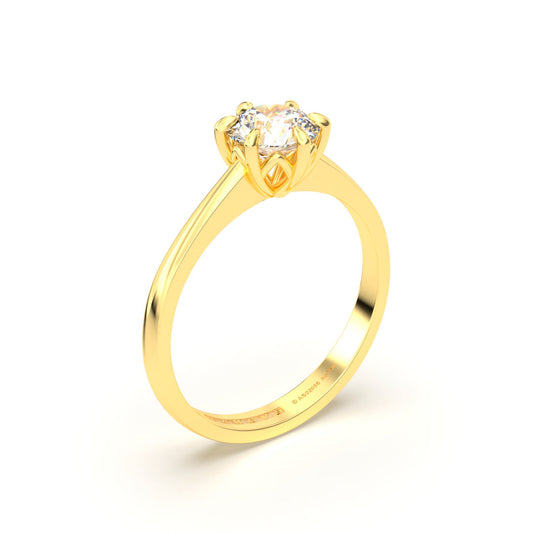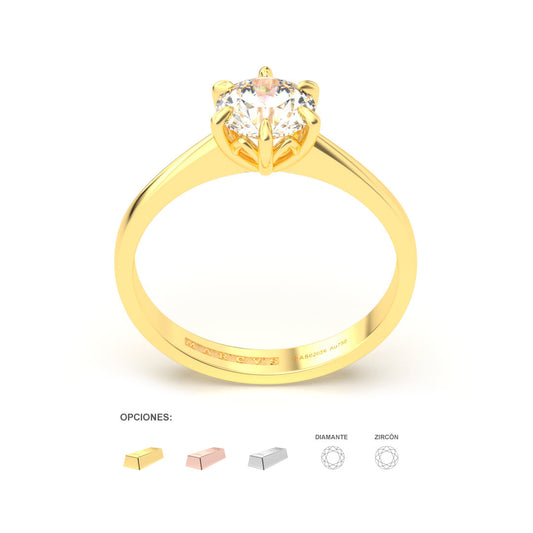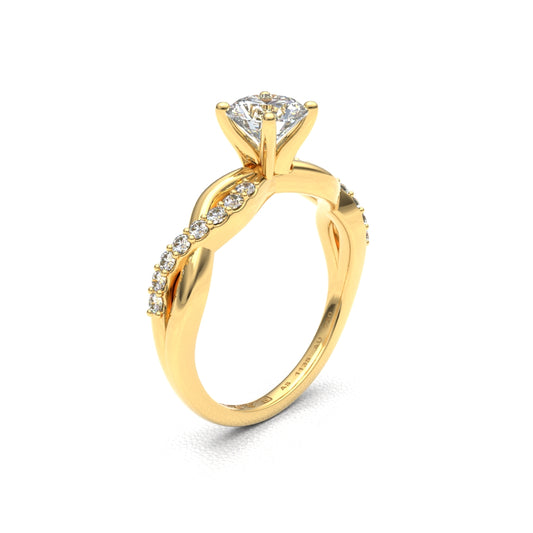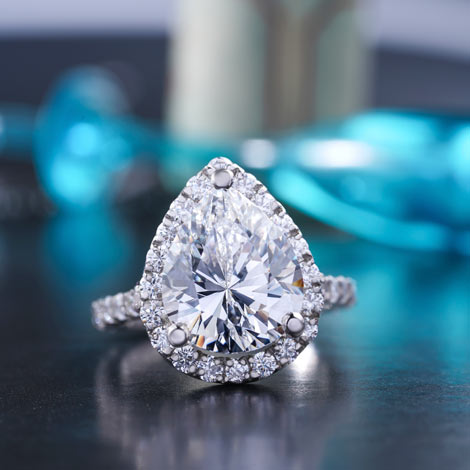How to buy a Diamond
How do you buy a diamond that you love and is also within your budget? First, make sure you know which 4C quality factors you value most.
What are the 4C's of diamond quality?
The 4Cs of Diamond Quality help you understand the characteristics of a diamond, as well as its value and price.

The cut
It is perhaps the most crucial of the 4Cs. Cut does not refer to the shape of a diamond, but rather the quality of workmanship (proportion and arrangement of facets) of round brilliant diamonds. The quality of a diamond's cut determines the amount of brilliance, sparkle, and fire that a diamond displays. Ratings range from 'Excellent' to 'Poor'.
*Note that fancy-cut diamonds, such as pear- or heart-shaped diamonds, do not have GIA cut grades, because there are broader parameters for their proportions and facet arrangements.
Advice: Most diamonds on the market are 'Excellent' to 'Very Good' cut. Diamonds with a 'poor' cut grade will generally appear lifeless and dull.

The diamonds in this image show the cut grade Poor, Good, and Excellent from left to right. Photo: Kevin Schumacher/GIA
The color
Measures the absence of color in a diamond. This is because most "colorless" or "white" diamonds actually contain trace amounts of yellow, brown, or gray color. The less color a diamond has, the more desirable and valuable it is. There are 23 color grades on the scale from D to Z, where D means a diamond has no detectable color and Z means a diamond has a "light" color. Any diamond beyond color grade Z is a fancy color diamond and is evaluated on a different color scale.

Color grade affects the price of a stone, but differences of one to three color grades are not easy for the untrained eye to detect. Diamond sorters evaluate diamonds face down in special settings to see subtle color differences.
Advice: D, E, and F grade diamonds tend to be extremely rare and valuable. G and H diamonds are generally considered good value. The color becomes more visible at grade I and below.
The clarity
Measures the number, size and location of internal 'inclusions' and external 'blemishes'. Inclusions include small crystals or fissures within the diamond. Imperfections include chips. Grades range from 'Flawless', meaning a diamond has no visible blemishes at 10x magnification, to 'Included', meaning a diamond contains a significant amount of blemishes. Diamonds graded up to VS2 (very lightly included) or SI1 (slightly included) usually have no inclusions visible to the naked eye. These diamonds can be a good value. Diamonds I1 (included) or below have inclusions that are easily seen and may appear less attractive; some of these inclusions can also affect the durability of the diamond.

Advice: Brilliant-cut diamonds exhibit fewer clarity characteristics than step-cut diamonds because the pattern of facet arrangement better obscures inclusions. If you want to buy a step cut diamond (such as an emerald cut), you may need to choose a higher color and clarity than with a brilliant cut diamond.
The carat (carat)
It refers to the weight of a diamond. Generally speaking, the higher the carat weight, the larger the diamond appears and the more valuable the stone. The size of a diamond also depends on its proportions. For example, a one carat diamond that is wider but has shallow proportions will appear larger than a one carat diamond with excellent proportions.

Advice: Diamond prices increase exponentially as carat weight increases. They increase higher in certain "magic sizes" such as 0.5, 1.0, 1.5, 2.0 carats, etc. Buying just below a "magic size," such as buying a 0.95 carat diamond instead of a 1.0 carat diamond, can save money without making much of a difference in visual impact.
Another factor to consider when buying a diamond is the fluorescence of the diamond. Have more information here.





